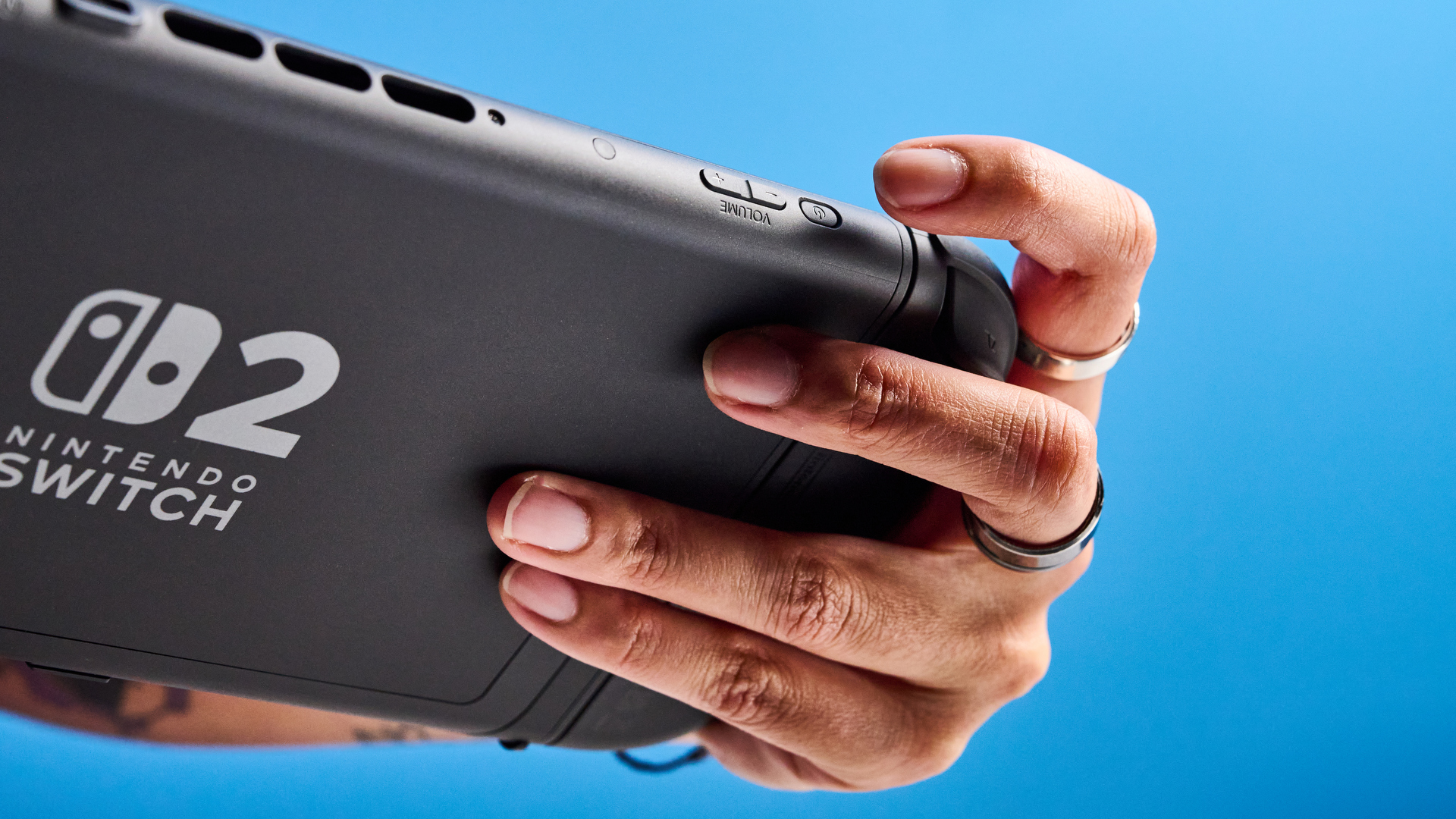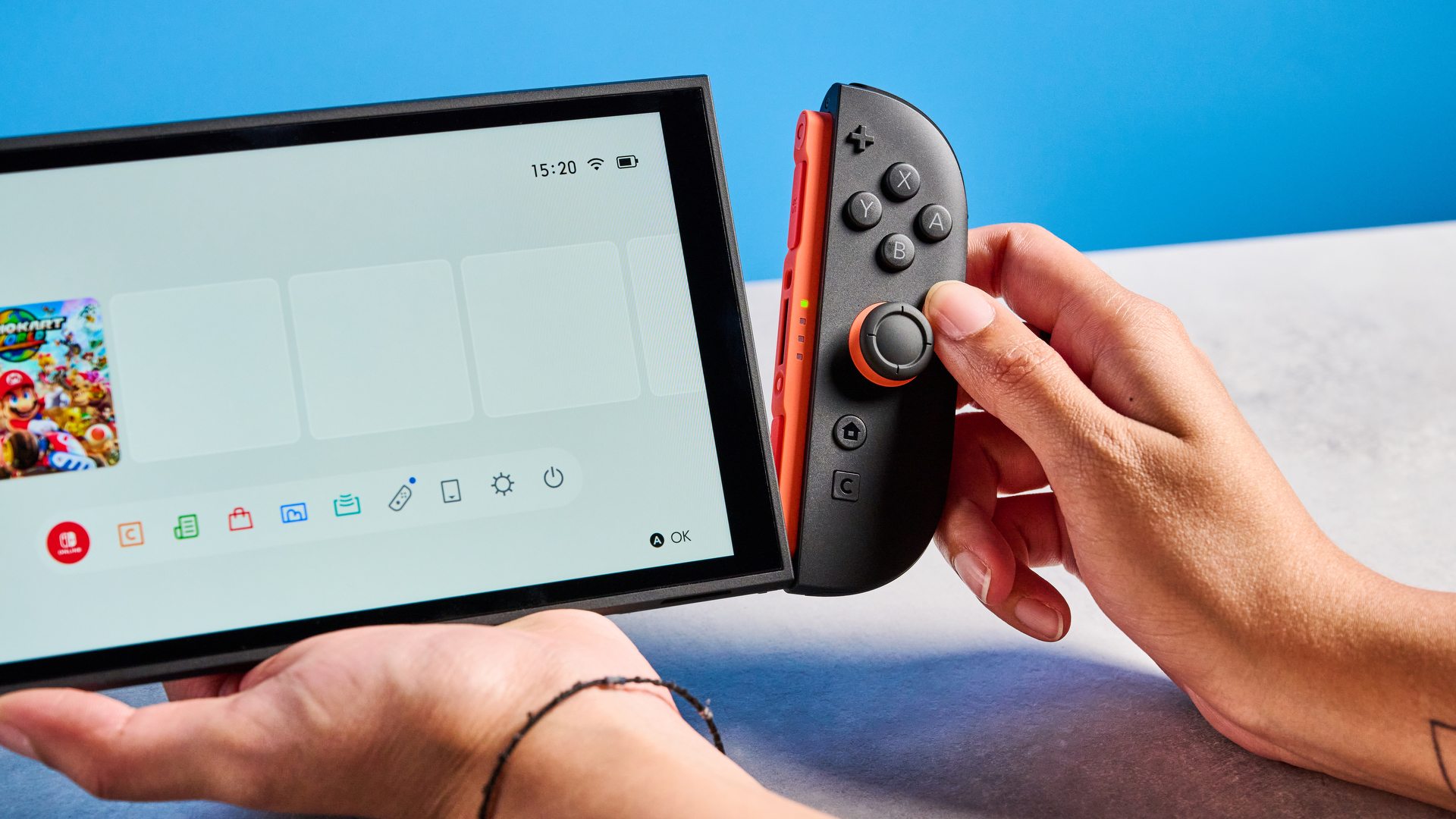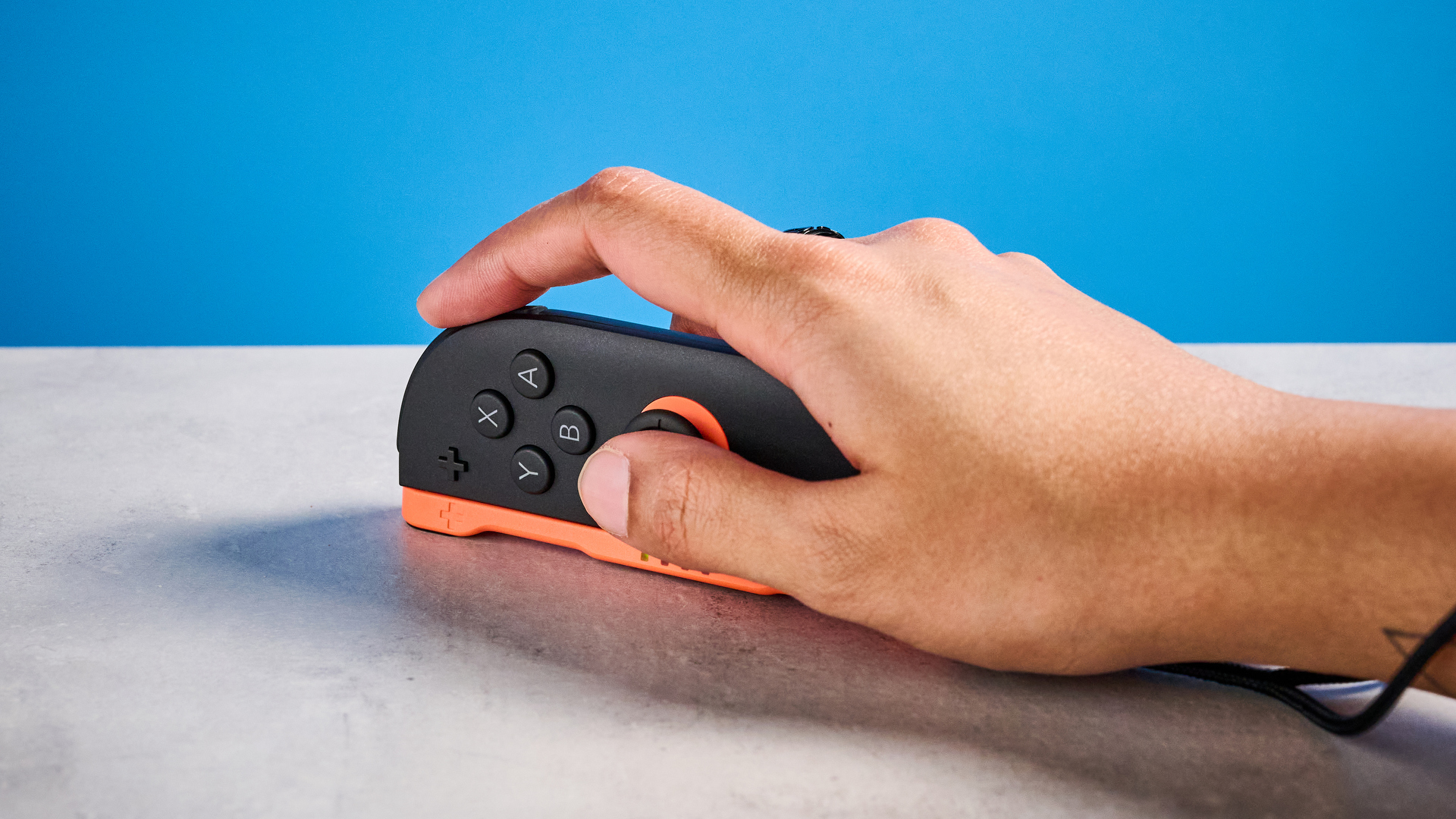I spent an entire weekend playing the Nintendo Switch 2 — these 5 features really stand out
Nintendo's Switch 2 delivers some meaningful upgrades

I've been eagerly waiting to try the Nintendo Switch 2, and after spending an entire weekend with it, I'm genuinely impressed by what Nintendo has accomplished. While some critics argue the company played things too safe with this upgrade, my experience suggests there's more here than meets the eye.
The improvements might not seem revolutionary on paper, but they add up to something that feels significantly better to actually use. The visual upgrades are striking, the controllers feel more solid, and some requested features have made their debut.
These five features stood out most during my weekend with the console, showing why the Switch 2 feels like a meaningful step forward, even if it doesn't completely reinvent the game.
1. The screen finally looks as good as it should

The visual improvements are striking once you see them in action. Docked games can hit 4K resolution, while handheld mode runs at 1080p — a noticeable step up from the original's 720p screen that honestly feels pretty dated now.
The higher frame rates really stood out to me, too. Games now run at 120 frames per second in both modes, making everything feel noticeably smoother and more responsive. It's really obvious when you're playing fast-paced titles where quick movements matter. There's also a HDR feature.
Mario Kart feels transformed on this hardware. Track details that were muddy or washed out on the original now have real depth and clarity, and the improved visuals more immersive than I remember.
2. The Joy-Cons finally feel like real controllers

Nintendo seems to have fixed the original Joy-Con's biggest problem: those wobbly connections that made you constantly worry about drift and disconnection.
To attach your Joy-Cons, simply hold them close and the magnet locks them in place with a satisfying click that tells you they're secure.
I used to get hand cramps after about an hour of playing in handheld mode on the original Switch. Those tiny controllers just weren't designed for adult hands. The new Joy-Cons are noticeably bigger and feel much more substantial in your grip.
Each controller can even be used as a mouse in compatible games, which opens up some interesting possibilities for strategy titles and indie games that were awkward to control before.
3. In-game chat functionality

Long gone are the days of simultaneously FaceTiming and playing Mario Party, or using the Nintendo Switch online app during multiplayer gaming sessions. GameChat is Nintendo's new voice communication feature, accessed through the "C" button on the controllers.
Once you've pressed C, the Game Chat menu will be opened and you'll be able to initiate voice or video chats with your friends — as long as they also have a Switch 2.
The system lets you chat with up to 12 people or stream gameplay to friends, using just the console's built-in microphone and TV speakers.
4. The upgraded e-shop

Nintendo has overhauled the notoriously sluggish e-shop experience, and the difference is night and day. Gone are the painful load times and confusing navigation that plagued the original Switch's digital storefront.
Access the new e-shop by pressing the home button and selecting the redesigned store icon.
The difference is immediately noticeable. After years of dealing with the original's sluggish store, browsing the e-shop felt seamless and was actually enjoyable instead of being a test of patience.
5. You can share games

GameShare is one of the more interesting new features that lets you share select digital games with friends for cooperative play. Nintendo has confirmed six titles that work with GameShare so far, including Super Mario Odyssey and Super Mario Party Jamboree.
The feature creates new ways to play together without everyone needing to own the same games, though it's limited to compatible titles and has some built-in restrictions. It's a clever approach that feels distinctly Nintendo in how it prioritizes social gaming.
Now you've learned how to set up parental controls on Nintendo Switch 2, why not take a look at our other useful Switch 2 guides?
We have how to connect Nintendo Switch 2 to your TV or monitor, how to transfer data from Nintendo Switch to Switch 2, and how to set up parental controls on Nintendo Switch 2.
Get instant access to breaking news, the hottest reviews, great deals and helpful tips.

Kaycee is Tom's Guide's How-To Editor, known for tutorials that skip the fluff and get straight to what works. She writes across AI, homes, phones, and everything in between — because life doesn't stick to categories and neither should good advice. With years of experience in tech and content creation, she's built her reputation on turning complicated subjects into straightforward solutions. Kaycee is also an award-winning poet and co-editor at Fox and Star Books. Her debut collection is published by Bloodaxe, with a second book in the works.
You must confirm your public display name before commenting
Please logout and then login again, you will then be prompted to enter your display name.
